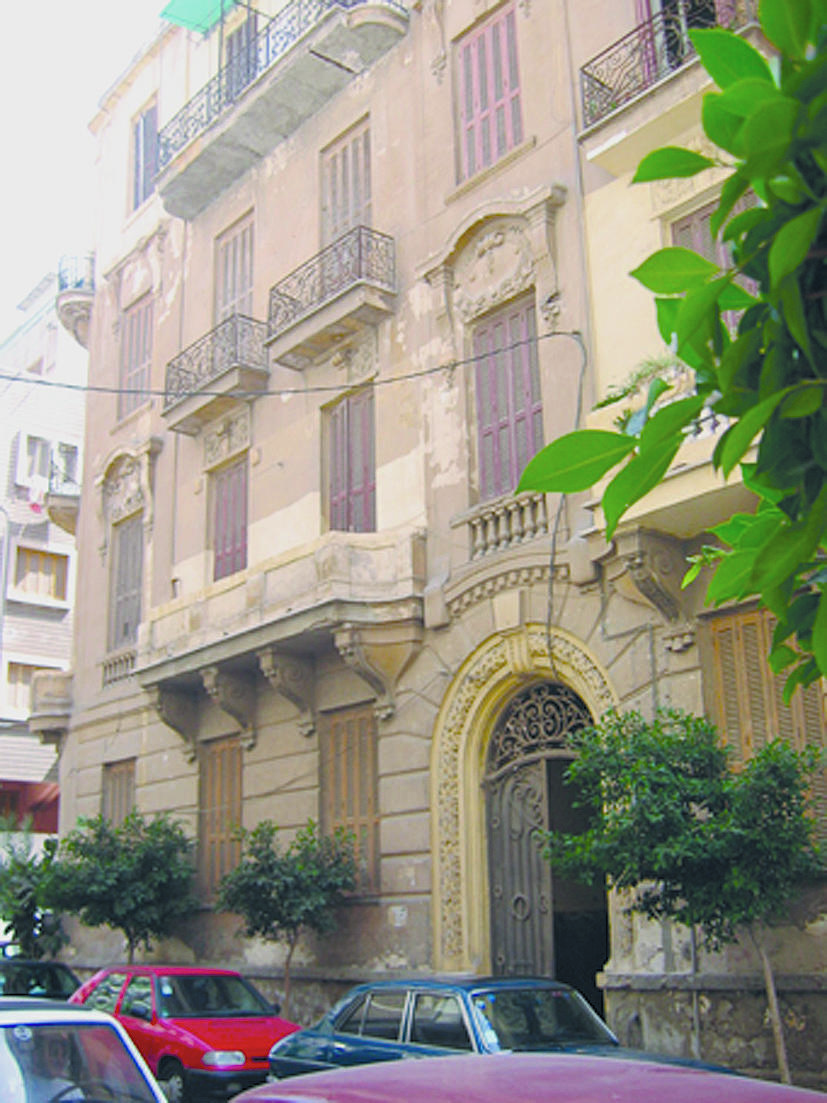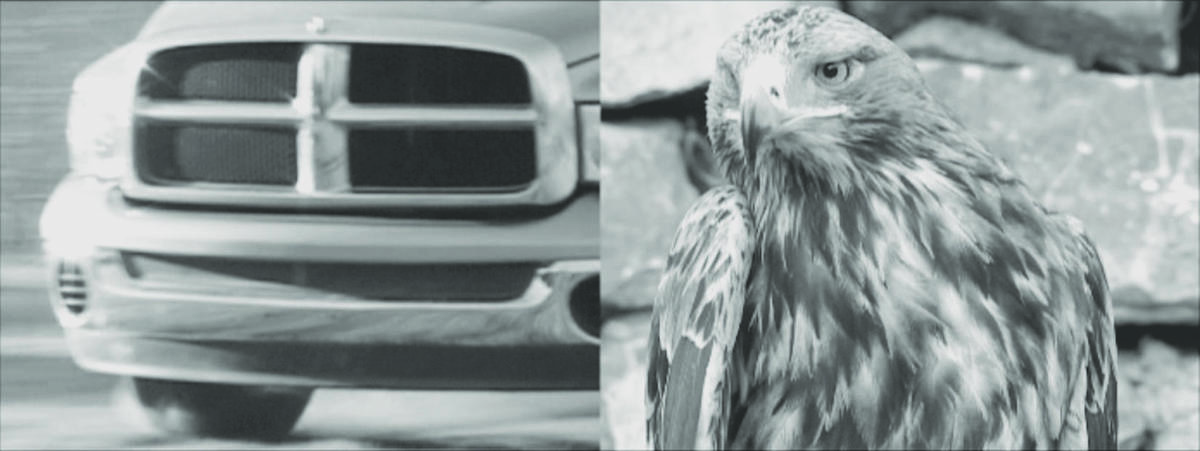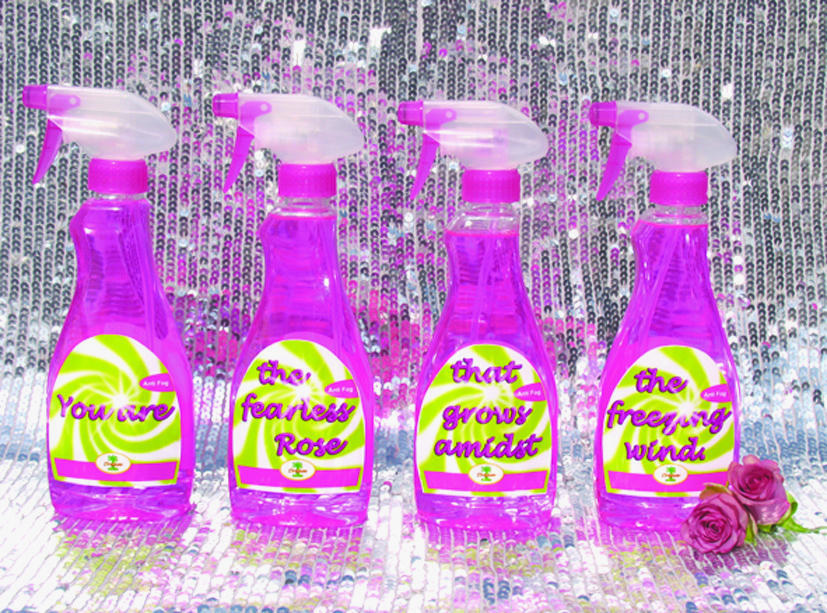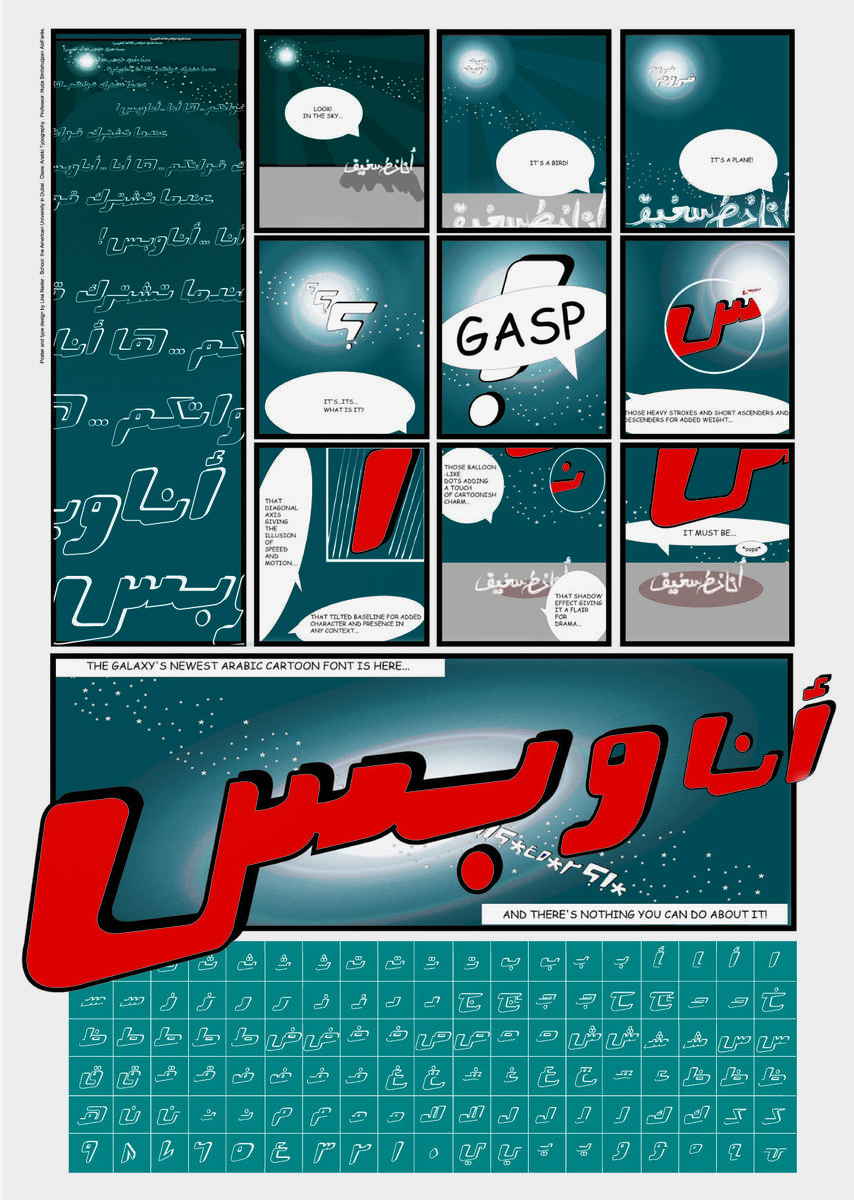
Alexandria
Family You, Me and the Trajectories of a Post-Everything Era
Alexandria Contemporary Arts Forum
December 4-24, 2005
Artists Mona Marzouk and Bassem El-Baroni launch Alexandria’s first independent visual arts space in December with a project curiously titled Family You, Me and the Trajectories of a PostEverything Era. Six artists have been invited to explore the shifting notion of the “family unit” — an ever-changing, nuanced historical construct born of interplays between the individual, the family and the wider body politic. Marzouk and El-Barroni explain that “the ever growing mobility of the individual, and the struggles of vernacular cultures to find their voices, seem to be influential shaping factors in the current paradigms of the family unit.” The six artists invited to produce work on this theme include three Swiss artists, Peter Aerschmann, Elodie Pong, and Costa Vece. Heba Farid, Hassan Khan and Hadel Nazmy will join them from Egypt. Given the dearth of independent cultural spaces in Egypt, ACAF’s debut is sure to be an important one.

Cairo
PhotoCairo 3
Various venues
December 11-31, 2005
This winter will mark the third annual PhotoCairo, initiated in 2002 as Egypt’s first event dedicated to still and moving images. While the first PhotoCairo stressed the local, showcasing the works of Egyptian artists exclusively, and the second expanded upon the first, this year’s event promises to be unprecedented in scale and breadth. Organizers Aleya Hamza and William Wells of the Townhouse Gallery, together with Hala Elkoussy and Maha Maamoun of the newly-founded Cairo-based Contemporary Image Collective (CiC), have put together a program that centers on the theme of the “positioning statement,” a marketing-speak reference to the branding of identities. PhotoCairo will address the reproducible image as a vehicle used to position individuals and institutions within broader cultural, national, political and socio-economic contexts. And the line-up looks good. The show will boast commissioned works by Iranian-German Setareh Shahbazi and Egyptians Iman Issa and Basim Magdy. A curated exhibition will include works by Beirut-based Akram Zaatari, Amsterdam-based Fernando Sanchez Castillo, a collaborative installation by the Swiss duo Giovanni Carmine and Christoph Büchel that premiered at this year’s Sharjah Biennale, a two-screen video installation by Alexandrian Wael Shawky and an installation of photography and video by Palestinian-American Emily Jacir. A retrospective selection of Swiss video artist Ursula Biemann’s body of work will also be on view. As in past years, a program of panels, discussions, workshops and films will supplement the visual arts component.
Cairo
Kairotic
Townhouse Gallery
January 8–February 8, 2006
Egyptian-German artist Susan Hefuna makes her curatorial debut with Kairotic, bringing London-based Palestinian artist Mona Hatoum and American video art pioneer Gary Hill together with New York–based designer Karim Rashid to produce work in relation to the city of Cairo. “Kairos” is an ancient Greek word meaning “the right moment” or “the opportune.” Its second meaning references the art of weaving: the critical time when a weaver must draw the yarn through a momentarily open gap. Combining these two meanings, one might understand “kairos” as referring to a passing instant and a crucial step in the creative process. The artists worked with this premise in the city this fall, and now return in the winter to produce site-specific work born of their initial investigations. By all accounts, the meeting of the blue-chip (artists) and the site-specific (the city) will doubtless be a fruitful (if not rare) opportunity.

Copenhagen
Farhad Moshiri and Shirin Aliabadi: Images of the Middle East
Danish Center for Cultural Development
March 2006
Over the past few years there have been a number of Middle East-themed shows in European museums; in 2006, the trickle becomes a flood. Among the Islamic art festivals and general geographic surveys, a few have stand-out potential, including an exhibition of Beiruti artists at Modern Art Oxford and a show of contemporary Iranian art at the British Museum and a vast celebration of contemporary Middle Eastern culture in Copenhagen and other Danish cities. The festival, developed over the past two years by the Danish Center for Cultural Development and directed by Jutta Helles and Arabist-turned-curator Michael Irving Jensen, promises to dominate Denmark’s cultural scene for most of 2006 — and, via an education program, into 2007. The festival includes a series of photographic images created for giant billboard sites around Copenhagen by Peyman Hooshmanzadeh, Shadi Ghadirian and Tarek Al Ghoussein among others; a contemporary art exhibition curated by Charlotte Bagger Brandt and Hoor Al Qasimi at the Charlottenborg Museum; and a photography exhibition, film festival, contemporary dance performances, symposia, a music festival and other satellite projects.
Ingeniously, Farhad Moshiri and Shirin Aliabadi have been charged with creating the promotional material for the festival. As a preamble to the main summer show, festival organizers are mounting an exhibition of this and other new work by the Tehran-based duo in March 2006. Moshiri and Aliabadi have turned to the brassy stuff of pop culture and branding for inspiration: typically tongue-in-cheek images being developed for the Copenhagen show include Freedom of Choice, featuring eight pairs of shoes made in Iran, and the Fearless Rose, a kind of window cleaning poetry. The two artists will be working with students in Beirut, Sharjah and Kolding on a series of virtual shows as well as an installation project that will feature the collaborative work displayed on outdoor “cubes” in eight Danish cities in the summer months. News and updates about the festival’s main program will appear on its website and in the spring issue of Bidoun.

Dubai
Kitabat Arabic Calligraphy and Typography Conference
American University Dubai
April 5-8, 2006
Held in Dubai in April, Kitabat will be the first major design conference in the region to explore both ancient calligraphic design principles and the new generation of digital typographic technologia. Meaning writing(s) — in the widest sense — in Arabic, “Kitabat” was chosen for its design-friendly lettering and the ease with which in can be pronounced in any language, a selection that goes some way to describing the nature of the designers’ gathering. Organized by the Visual Communication Department at AUD, in partnership with Germany’s Linotype Library and the Amsterdam-based Stichting Khatt (Center for Arabic Typography) and in collaboration with the Association Typographique Internationale (ATypI), the organizers quote Edward Said’s “dialogue of civilizations” as inspiration for their East-West fest. While we wait to see how that worthy but hackneyed concept — which is wheeled out in Dubai for everything from film festivals to shopping mall architecture — plays out in the international design community, the program of lectures, panel discussions and so on takes note of the recent increased international interest in Arabic typography and is set to mark a significant step forward in developing innovative graphic design in the region. Topics up for discussion range from early metal printing types developed in Europe and the Middle East to contemporary corporate branding and motion graphics. Accompanying events include an exhibition of the winning entries to Linotype Library’s Arabic Type Design Competition, and the launch of the first dual-script (Arabic/Latin) font families, currently being developed by joint Dutch/Arab teams of type designers under the patronage of the Stichting Khatt. The conference is open to all design students and a juried exhibition of student work from the region will also be on display.
Tehran
Honart Museum
Opening 2008
An industrial site on the way to Karaj, a suburb of Tehran, is an unlikely spot for what is likely to be one of the most innovative large-scale museums in the Middle East. Ebrahim Melamed, a young Tehran collector with a sharp sense of humor and a visible, contagious enthusiasm for contemporary art, is endowing a part of his private collection to build Honart, which will open in 2008. His museum stands for the keywords “Exchange and Fusion,” (honar means art in Farsi). The museum will encompass 5000 square meters of gallery and office space, and house temporary exhibitions as well as the permanent collection. The latter already includes painting, sculpture, experimental film, video, installation, and photography by Anish Kapoor, Ugo Rondinone, Ricky Swallow, Shirin Neshat, Parvis Tanavoli, Sohrab Sepehri, Farhad Moshiri, Pierre Bismuth, Francis Alys, Julian Opie, William Kentridge, Pouya Aryanpour, Haluk Akakce, Olafur Eliasson, Sylvie Fleury and Gary Webb. Further acquisitions are being discussed by an international advisory committee.
Melamed has been collecting art since the age of sixteen, and says he conceived of a museum when he realized that despite the “thirst for art” in Iran today, Iranian artists were isolated from developments in the larger art world.